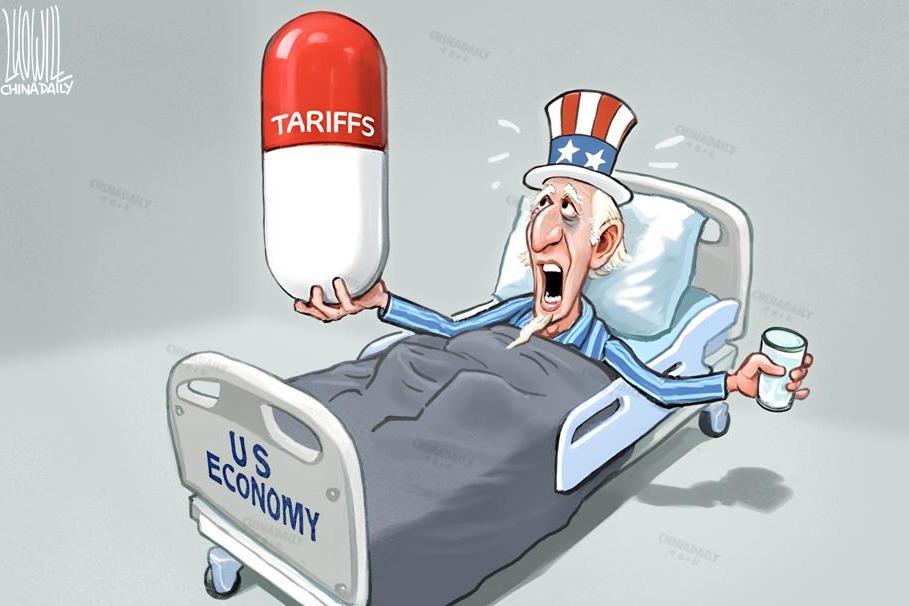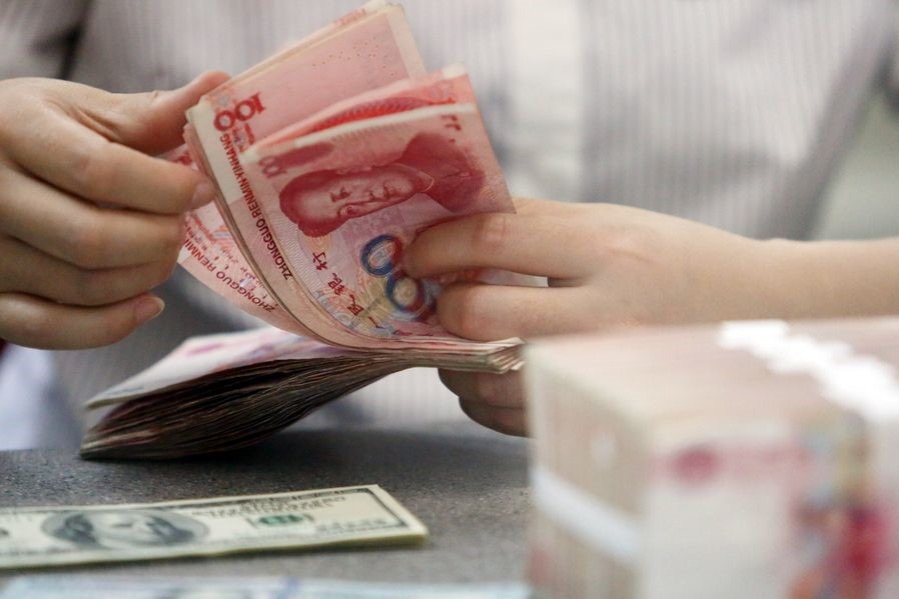US stimulus may cause inflation across the world


The steroid-driven US fiscal policy since the peak of the COVID-19 pandemic has caused a glut of US dollars in the financial markets. Guess the amount of dollars the United States has pumped into the economy so far? My back-of-the-envelope calculation puts a figure close to $5 trillion.
The previous US administration announced two stimulus packages, of $2 trillion and $900 billion, within six months last year. The Joe Biden administration, on the other hand, has announced a $1.9 trillion stimulus package so far. And while more funds are likely to be stuffed into Biden's $2.3 trillion infrastructure bill, the Republicans are already blaming the federal aid of $300 per week to people for the lackluster job market recovery.
On Biden's infrastructure bill, I am on the Republicans' side with respect to the debate on the exact definition of "infrastructure". The Democrats, of course, use a lens that turns everything into infrastructure. No wonder in Biden's infrastructure bill, there are all kinds of things, worth $100 billion here and $100 billion there, that have nothing to do with roads, railways, airports or public utilities which we call infrastructure. But in the name of competition with China, the Biden administration seems to justify everything.
The Federal Reserve, understandably, pitched in with its own version of state aid. Since last March, it has lowered the interest rates practically to zero. According to The Washington Post, the Fed also expanded lending to a wide array of businesses, committed to $120 billion in asset purchases each month, and has accumulated a balance sheet of at least $7.6 trillion.
So liquidity in the economy is at an all-time high and, expectedly, inflation is coming back in a big way, as indicated by the fast rising prices of products at Walmart and Amazon. Take the most basic building block for an American shelter, a 2x4 eight-foot long stud at Home Depot. It used to cost less than $2. Now it costs three times more.
The problem is not just restricted to US domestic inflation. A significantly weakened dollar has also resulted in commodity prices rising sharply around the world. Prices of coal, copper, iron ore and many other basic raw materials are rapidly increasing, whose effect will eventually percolate to the manufacturing sector and then to the consumers. Already, steel mills in China are paying higher prices for these basic materials, as are manufacturing companies in other sectors.
Chinese companies may probably weather through this round of inflation with increased productivity, efficiency gains and moderate price increases.
But when the global inflation wave starts hitting the food sector, many poor people in the developing world, particularly in Africa and parts of South Asia, will bear the brunt. Some people could even face starvation. This is the kind of casualty statistics that usually may not go into the official accounts of the impact of the pandemic by governments and international organizations.
However, the UN Food and Agriculture Organization needs to keep a close eye on them and coordinate policy responses among leading industrialized countries to address the problem when there is a need.
From China's perspective, the strategy to tame inflation is usually through tightening monetary policy. China's central bank has several tools, which have been proven effective in the past, at hand to intervene in the credit market. Also, this is probably an opportunity for China to accelerate the pace of the yuan's internationalization. The yuan is already playing an extended role as a settlement and hedge currency in China's foreign trade and investment. And some foreign governments have already started incorporating the yuan into their foreign reserves.
With a weakened dollar, the yuan will be preferred by both foreign governments and people as Chinese businesses and consumers go overseas, particularly against the backdrop of the wider global acceptance of China's two digital payment platforms, Alipay and WeChat Pay.
The author is a professor at the University of International Business and Economics and a research fellow at the Academy of China Open Economy Studies at the same university.
The views don't necessarily reflect those of China Daily.































